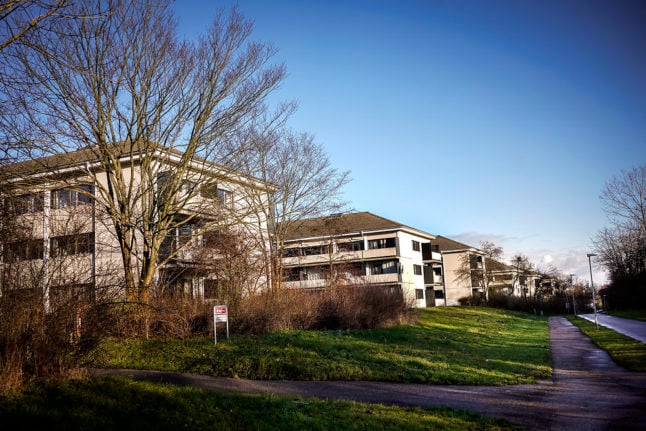Minority ethnic Danes usually vote in lower numbers than other demographics, but the 2019 general election showed a reduction to that trend, DR reports.
In 2015, turnout amongst immigrants and subsequent generation minorities was 20 percent lower than that for ethnic Danes, the broadcaster writes.
But polling stations in socially marginalized areas with high minority populations were a lot busier at this week’s general election, with voting percentages well up.
Turnout in areas termed ‘ghettos’ by the government was high for these locations.
“These are areas in which there are many non-ethnic Danes, so this must mean that many of these people have become engaged in the election and gone out to cast their ballots,” elections researcher Kasper Møller Hansen of the University of Copenhagen told DR.
Polling stations which experienced significantly higher participation that in 2015 include those in Vollsmose in Odense, Tingbjerg in Copenhagen and Gellerupparken in Aarhus.
The three polling stations saw turnouts increase by 3 percent, 5 percent and 7 percent respectively compared to 2015.
At 70 percent (Vollsmose), 67 percent (Tingbjerg) and 71 percent (Gellerup) the turnouts were still some way short of the national figure of 84.5 percent, however.
“It is great to see that more people are interested in our democracy,” Rabi Azad-Ahmad, an advisor at Aarhus Municipality’s citizens and culture service and polling supervisor in Gellerup, told DR.
“It’s important that everybody takes part and is heard in a democracy,” he added.
The Social Liberal (Radikale Venstre) party was the strongest performer in all three areas.
“This is a sign that (non-ethnic Danes) have chosen to back value-oriented left wing parties, as you would expect them to do,” Hansen said.
The national turnout for the 2019 general election was 1.3 percent lower than in 2015, at 84.5 percent.
READ ALSO: High-profile anti-immigration spokesperson loses seat in Danish parliament



 Please whitelist us to continue reading.
Please whitelist us to continue reading.
Member comments